
A train moves along on the Qinghai-Tibet Railway. (Photo provided to China Daily)
Progress continues on the renovation of the Qinghai-Tibet Railway with the section between Xining and Golmud expected to be complete by year's end, according to China Railway Qinghai-Tibet Group.
Fuxing high-speed trains will be operated on this 829-kilometer section upon its completion. Travel times will be reduced to between 4.8 and 5.2 hours — around two hours faster than the current fastest train, it said.
At 1,956 km, the Qinghai-Tibet Railway is a plateau railway featuring the highest altitude and longest distance in the world. It starts from Xining, Qinghai province, and ends in Lhasa, Tibet autonomous region.
The Qinghai-Tibet Plateau used to be an isolated region because of transportation difficulties, high altitude, steep terrain and complex geographical conditions.
American travel writer Paul Theroux gave an assessment about railways on the plateau region in one of his diaries in the 20th century, noting that as long as the Kunlun Mountains exist, a railway would never reach Lhasa.
The construction of the Qinghai-Tibet Railway was started in 1958, and the section between Xining and Golmud was completed in 1984. The section between Golmud and Lhasa was completed and started operating in 2006.
In July, the company started renovation of the railway to support electric, multiple-unit high-speed trains. The speed of passenger trains is expected to rise from 120 or 140 kilometers per hour to 160 km/h.
"The renovation of the line will make the Qinghai-Tibet Railway a more modernized rail, with transportation capability and service quality largely improved," said Wang Qing'an, an official from the company at Xining Station.
"After decades of efforts, the construction of the Qinghai-Tibet Railway has conquered engineering difficulties challenging for engineers worldwide, including lack of oxygen due to high altitude, permafrost and the fragile environment," said Wang.
"One of the difficulties of the renovation is frost damage of the roadbed, especially around the Qinghai Lake section, where the groundwater is relatively abundant.
"If the drainage is not properly managed, it will cause water accumulation under the roadbed, which will lead to frost heave in the winter, with a risk of track deformation, and the train may shake when it runs," he said.
The Qinghai-Tibet Railway transported 803 million metric tons of goods and 265 million passengers between 2006 and 2022, according to its operator.













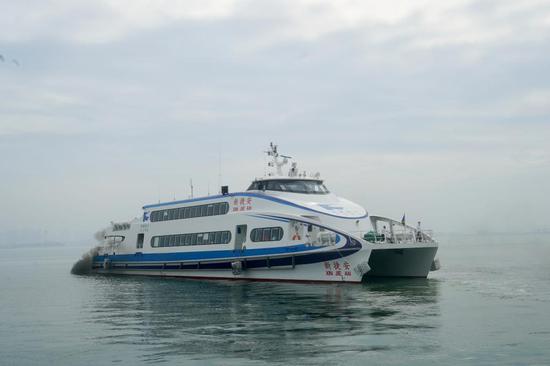
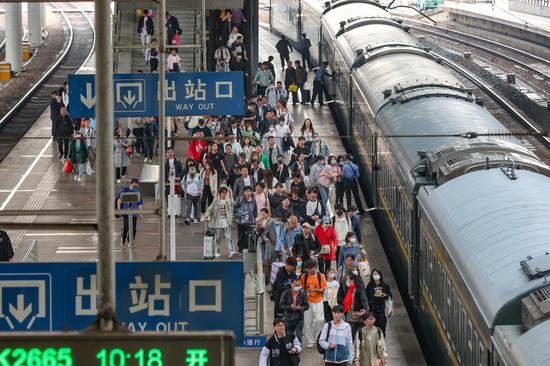

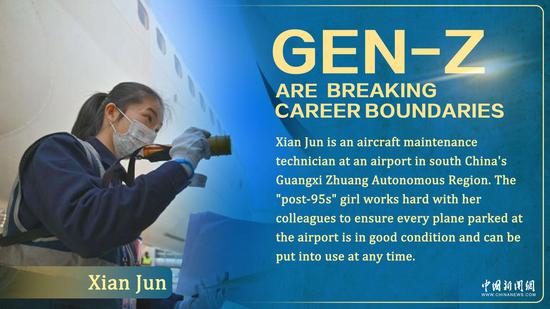





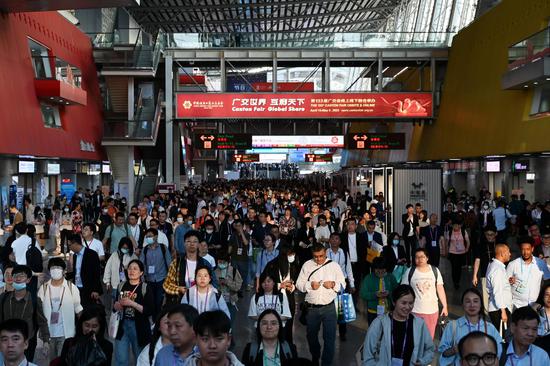



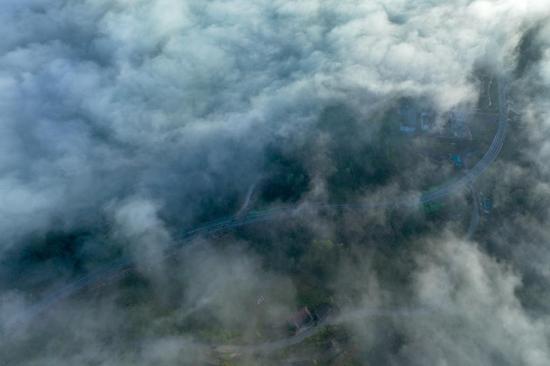
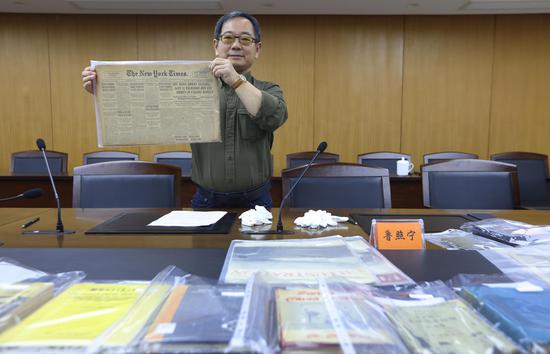




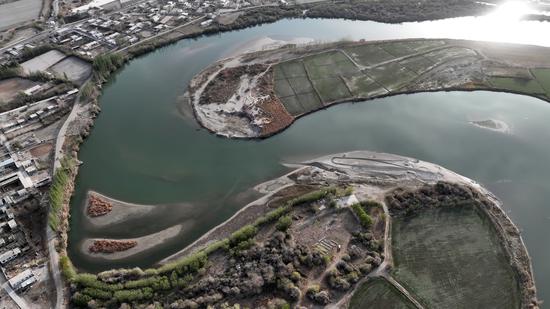















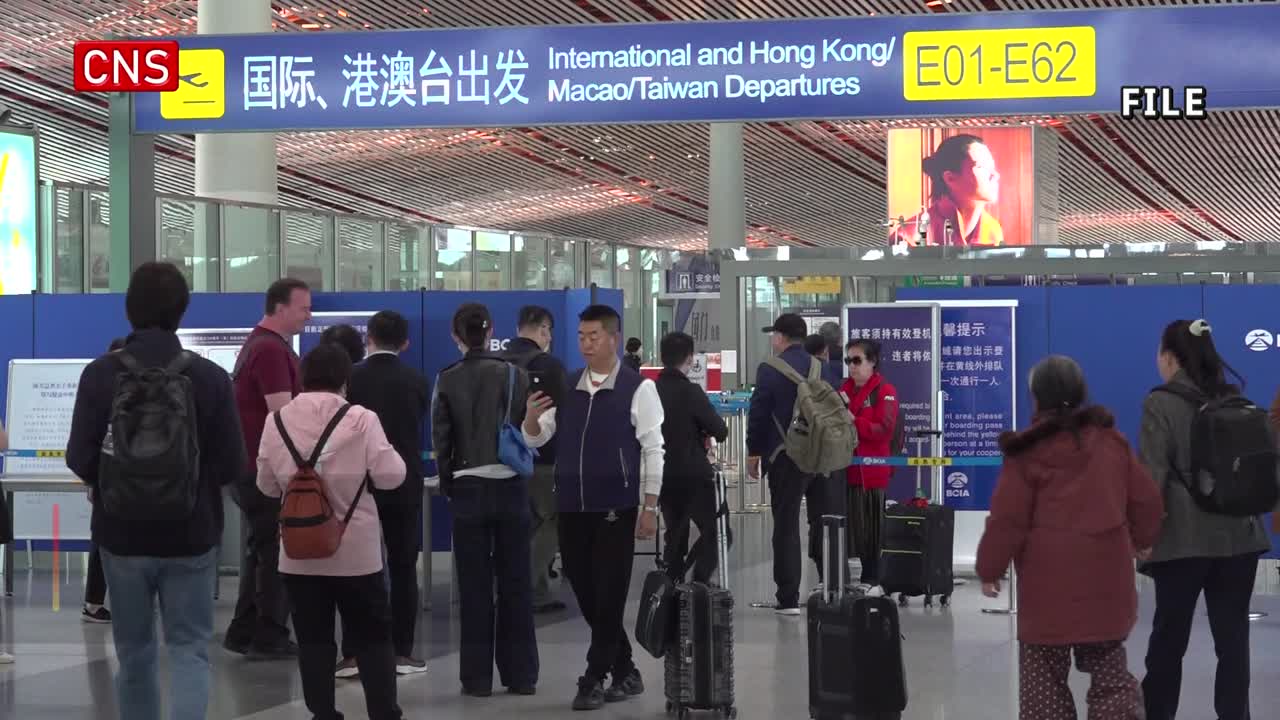

 京公网安备 11010202009201号
京公网安备 11010202009201号